Wool is considered an environmentally and socially responsible fibre for numerous reasons. It is organically occurring, 100% natural, renewable and biodegradable and growing wool with sustainable and regenerative practices can enhance biodiversity, soil health and carbon sequestration for this generation and the generations to come.
Every year, sheep produce a new fleece, making wool a renewable fibre, and as wool is an organically occurring fibre, it is also natural and biodegradable.
Wool-growing practices in Australia
Sheep farms in Australia are often managed by generations of wool-growing families, making it a vocation, not just a job. Australian woolgrowers understand the relationship between environmental health and wool quality. High quality wool is only grown by healthy sheep, who in turn graze on healthy pasture and land. Working tirelessly to care for their environment and their sheep, Australian woolgrowers manage the land to meet the needs not only of their generation, but of future generations too.
Through best practice sustainable farming, Australian woolgrowers are able to protect and regenerate the land, care for the health and happiness of their sheep and prosper as family-run businesses.
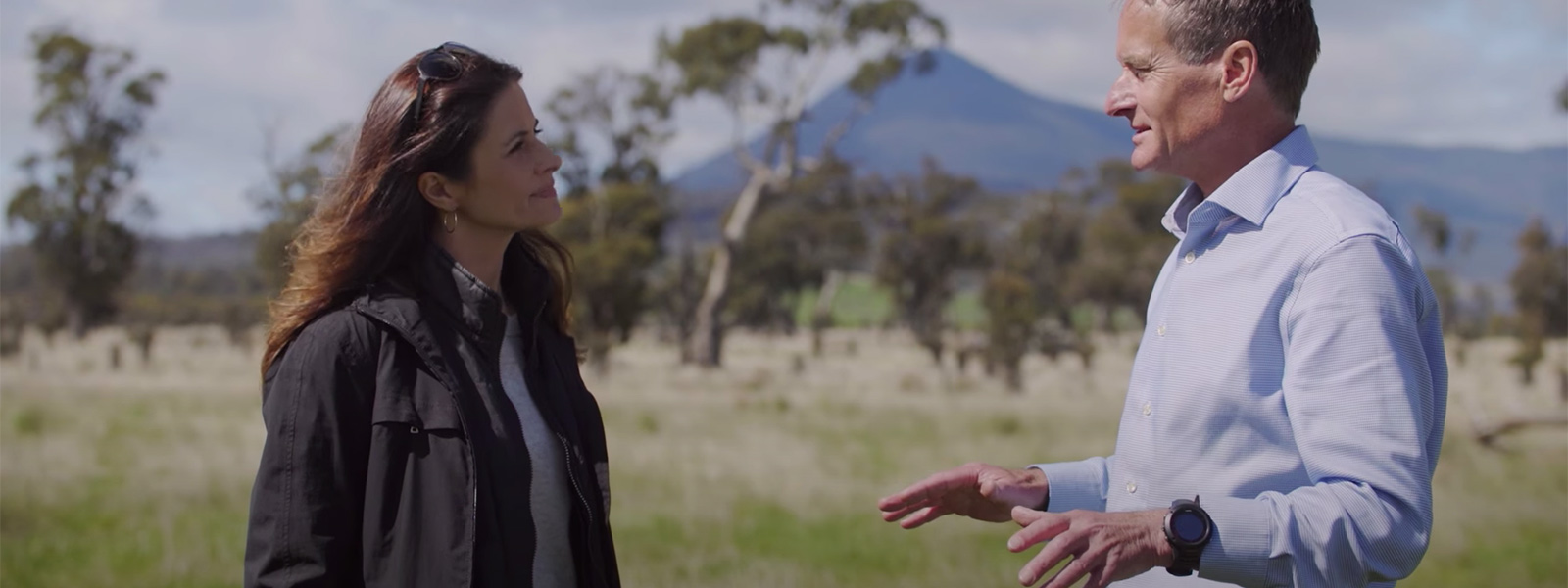
How wool-growing can regenerate the environment
Many Australian woolgrowers use regenerative farming techniques that enhance the biodiversity, fertility, health and carbon sequestration of their farm environment.
Numerous sustainable and regenerative farming techniques are used by Australian woolgrowers to support the environment and the circular systems of their farms, such as:
- Tree planting for shelter and wildlife corridors
- Controlled grazing management to support pasture regeneration and soil health
- Dry matter composting for carbon sequestration
- Pasture cropping to nurture flora diversity and soil biota
- Erosion control to improve water retention and water quality
- Addressing nutrient deficiencies in the soil
- Enhancing soil microbial health through foliar sprays
- Revegetate waterways to remove water pollutants and encourage biodiversity
Harry Watson, Millpost Merino
Harry Watson, Millpost Merino
“We use permaculture to inform our farms layout and then we're using the tools and management decision making techniques from Alan Savoury's holistic management techniques to inform our grazing management.” - woolgrower Harry Watson.
Nan Bray, White Gum Wool
Nan Bray, White Gum Wool
“My wool-growing production system relies on three main commitments: excellence in nutrition, a conservation land ethic, and thoughtful animal welfare.” - woolgrower Nan Bray.
Charles Downie, Glenelg Estate
Charles Downie, Glenelg Estate
“Our focus has been to minimise our impact on the land over a long period of time, so that the land is secure for whoever manages ‘Glenelg’ after us.”- woolgrower Charles Downie.
How regenerative agriculture supports soil health
By supporting the natural functions of the environment, regenerative agriculture is a holistic farming approach that focuses on developing the biology and fertility of soils as the basis of the entire farm ecosystem.
Regenerative agriculture works to:

Support soil systems
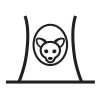
Increase biodiversity
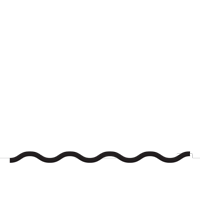
Improve water cycles

Support bio-sequestration

Increase resilience to climate fluctuation
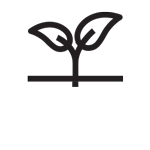
Strengthen soil health and vitality
How sheep can regenerate the environment
Wool-growing sheep play an integral role in the ability for Australian farmers to sustainably manage the land on which they earn their livelihoods. When managed properly, sheep can regenerate the land on which they graze by:
- Initiating the regeneration of pastures
- Control and manage weed infestation
- Deposit naturally occurring fertilisers
- Encourage an increase in soil biota diversity and health
- Produce a wool income, enabling farmers to also invest in sustainable farm management

How woolgrowers care for their sheep
Australian woolgrowers work to ensure their sheep are cared for in alignment with the Five Welfare Domains. This means that Australian woolgrowers work to provide their sheep an environment that not only allows, but encourages them to have positive experiences in each of the Five Welfare Domains.
The Five Welfare Domains are:
- Nutrition
- Environment
- Health
- Behaviour
- Mental state
Australian woolgrowers are constantly innovating to improve the health and wellbeing of the animals of which they are custodians.
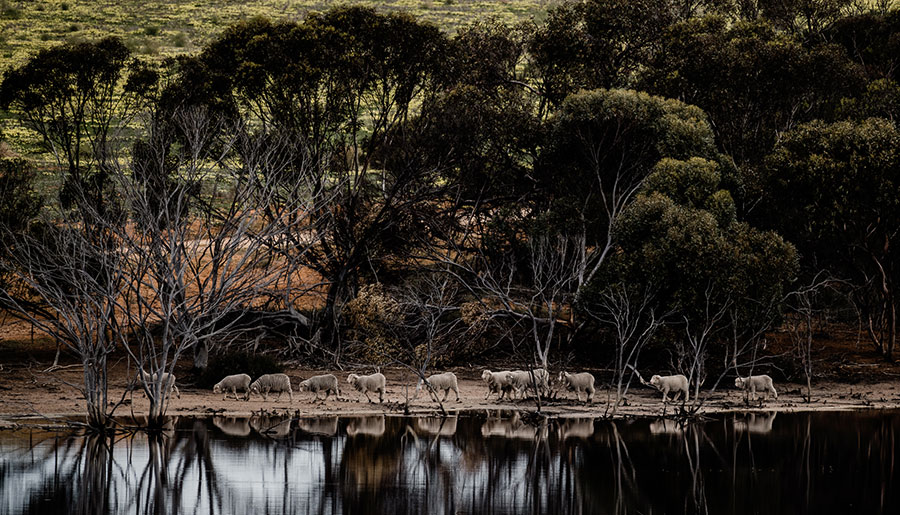
How woolgrowers manage the land for future generations
There are tens of thousands of woolgrowers in Australia who work tirelessly to look after their sheep and the land on which they graze and ensure that their family businesses prosper and that future generations can continue to support their own livelihoods as wool-growing family farms.
The Woolmark Company works with farmers and brands to help create and communicate transparent and traceable supply chains, explaining exactly how the wool grown in Australia has gone from farm to fabric.
By implementing research and development innovations and achieving an appropriate market price for their wool, woolgrowers can continue to conserve and care for the land and sheep of which they manage.